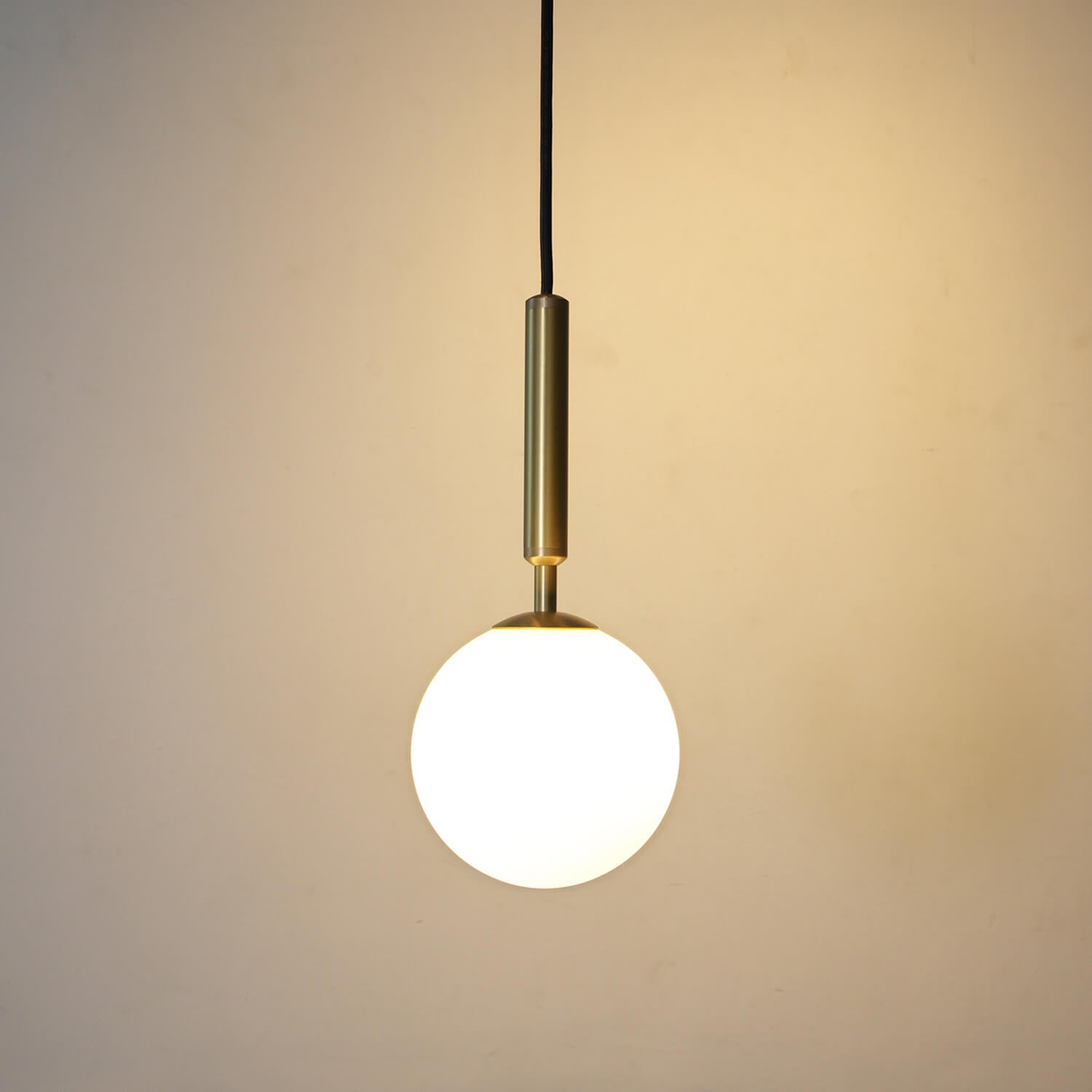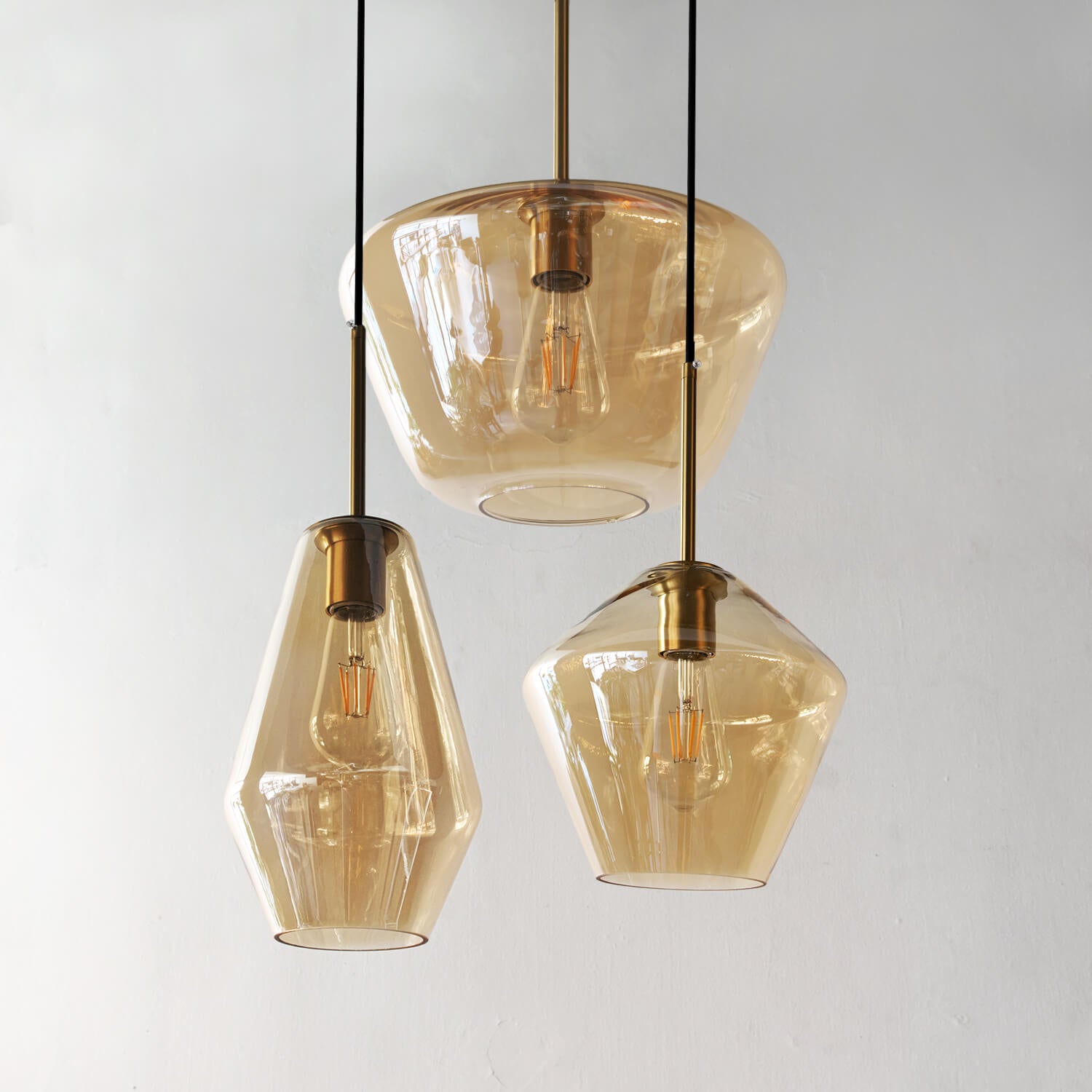Introduction
The Wabi Sabi Interior Style is a design philosophy that finds beauty in the imperfect, the incomplete, and the ephemeral. It originated in Japan and has become increasingly popular in the West. The Wabi Sabi Interior Style emphasizes simplicity, natural materials, and craftsmanship. It celebrates the imperfections, the textures, and the organic shapes found in nature.
The Philosophy of Wabi Sabi
Wabi Sabi is a Japanese concept that refers to the beauty of imperfection. It is a philosophy that values authenticity, simplicity, and impermanence. Wabi Sabi celebrates the beauty of natural materials that age and change over time. The Wabi Sabi Interior Style reflects this philosophy by using natural materials such as wood, stone, and clay. It also values handmade objects, as they embody the imperfections that make them unique and beautiful.
Simplicity and Minimalism
The Wabi Sabi Interior Style is characterized by simplicity and minimalism. It does not strive for perfection, but rather embraces the imperfect and the incomplete. This design philosophy values the essence of an object rather than its form. It celebrates the beauty of raw materials and their natural textures. The Wabi Sabi Interior Style emphasizes simplicity and minimalism in its use of space and objects.
Natural Materials and Textures
Natural materials and textures are a key element of the Wabi Sabi Interior Style. This design philosophy values the beauty of materials as they age and change over time. Wood, stone, and clay are commonly used in Wabi Sabi interiors. The natural imperfections, such as knots and cracks, are celebrated as part of the object’s beauty. Textures, such as rough surfaces and natural grains, add to the tactile quality of the space.
Craftsmanship and Handmade Objects
Craftsmanship and handmade objects are highly valued in the Wabi Sabi Interior Style. The imperfections found in handcrafted objects are celebrated as part of their beauty. The human touch adds character and uniqueness to the objects. Skilled craftsmanship is valued over mass production. Examples of handmade objects in Wabi Sabi interiors include pottery, woven textiles, and hand-carved furniture.



